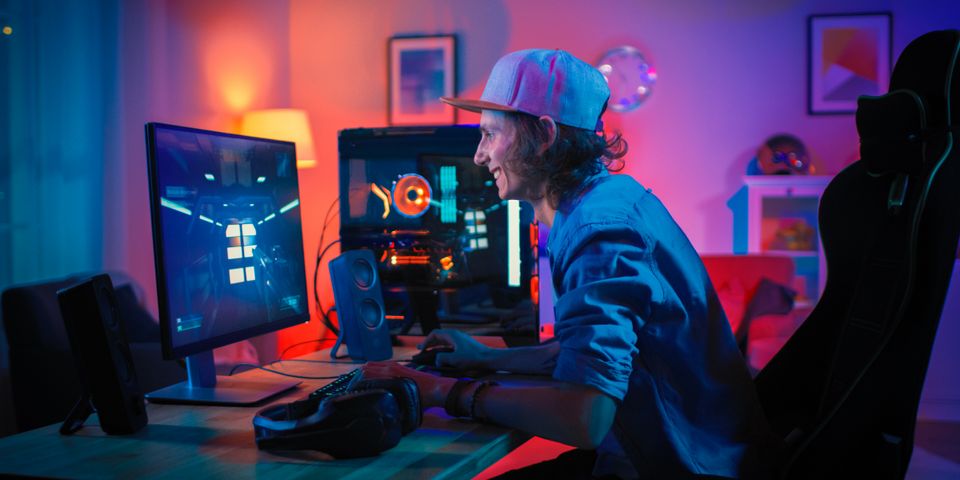
Ray tracing is one of the biggest—and most impressive—advancements in computer graphics in recent years. The technology allows for life-like lighting and shadows in games, which enhances the overall image quality and makes for an even more immersive experience. If you're thinking about buying a new gaming computer, here's what you should know about ray tracing and how to ensure you get a device that supports it.
What Is It?
While ray tracing has been used to render realistic lighting scenarios in movies for decades, it wasn't accessible to gamers until recently because it was never compatible with consumer graphics cards. The hardware needed to render and process this lighting was too expensive to sell individually, so it was reserved for high-end production machines. However, this changed when Nvidia Turing® introduced a reasonably priced graphics card that could support ray tracing in personal gaming computers in 2018.
The concept behind ray tracing is to simulate the refractions of every individual beam that's emitted from a light source. This is different from rasterization, which has been the default approach for rendering 3D objects on a 2D screen for years. Ray tracing involves following the line of sight to each object and allowing the light to bounce off it by tracing the path of light through each pixel. When using rasterization, this process computes pixelated objects based on predetermined modifications to their angles, colors, and textures. Put simply, ray tracing allows for more variation when it comes to reflection, refraction, and shadow, which makes for a striking, more immersive gaming experience.
What Does a Gaming System Need for Ray Tracing?

Ray tracing became available on mainstream gaming computers with the launch of Nvidia's GeForce® RTX 2080® desktop graphics card. This was the top option for the 2000 series cards, and it required immense processing power to provide the full benefits of ray tracing. The second generation of ray tracing enabled cards came with the GeForce RTX 3000 series that was released in 2020. While other manufacturers have released similar cards that can support ray tracing, Nvidia's are some of the most reliable.
If you're in the market for a gaming computer, it's worth investing in the most recent generation of graphics cards available. This will ensure you can play the newest games, which are designed to support ray tracing, as modern games are made with this lighting process in mind.
If you need a new gaming computer that is powerful enough to support ray tracing, contact SKR Custom Gaming Computers in Maryville, TN. They build and ship high-quality machines to customers throughout the United States, whether you want a pre-built desktop or custom rig. They're also happy to explain the various options if you're not sure of what you need. Visit the website to learn more about their offerings, and call (865) 738-5620 to speak with a team member.
About the Business
Have a question? Ask the experts!
Send your question

